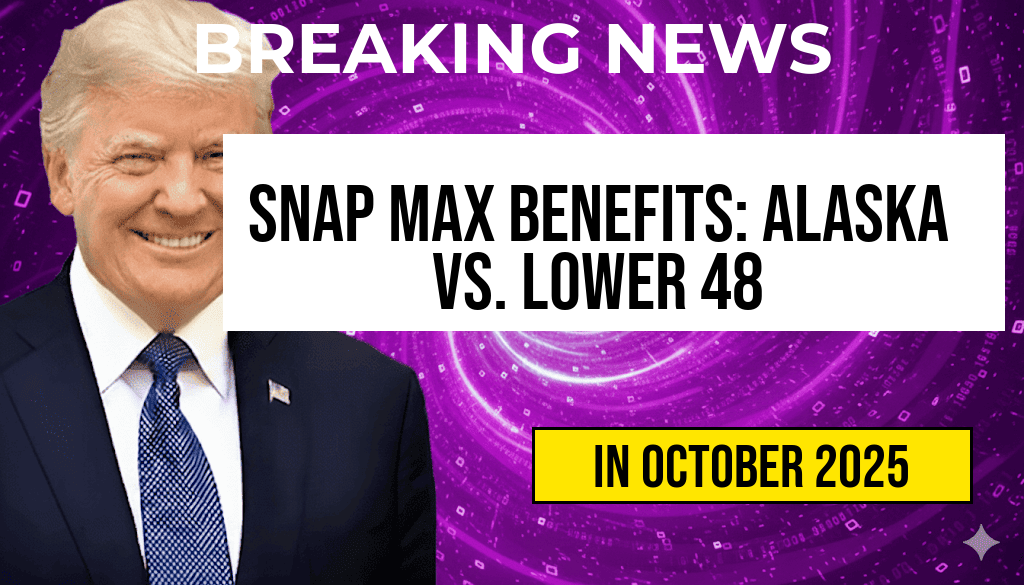Student Debt Forgiveness Tax Resumes January 1: $20,000 Relief Disappears
Starting January 1, 2024, millions of Americans who received student debt relief through the Biden administration’s loan forgiveness program will face a significant change: the previously announced $20,000 of debt cancellation will no longer be tax-free. The IRS has reaffirmed that forgiven student loan amounts will be considered taxable income under federal law, meaning borrowers may see unexpected tax bills next spring. This policy shift marks a reversal from the temporary tax exemption granted during the COVID-19 pandemic, which allowed many borrowers to benefit from debt relief without incurring additional tax burdens.
The decision has sparked widespread concern among student loan borrowers, advocates, and financial advisors. With an estimated 43 million Americans holding student debt, the potential for increased tax obligations could complicate repayment strategies for many. As the calendar turns to 2024, those who expected to see their debt reduced by up to $20,000 will need to prepare for the possibility of owing thousands in taxes, depending on their individual circumstances and income levels.
Background on Student Debt Relief and Tax Implications
The Biden administration announced a plan in 2022 to forgive up to $10,000 of federal student loans for borrowers earning less than $125,000 annually, with an additional $10,000 for Pell Grant recipients. The initiative aimed to ease the financial burden on borrowers amid rising education costs and economic uncertainty. However, the plan faced legal challenges and political opposition, leading to delays and eventual policy adjustments.
Initially, the Department of Education indicated that the forgiven amounts would not be considered taxable income, aligning with a temporary exemption under the American Rescue Plan Act. But as the program faced legal and legislative hurdles, the IRS clarified that, absent specific federal legislation exempting student loan forgiveness from taxation, the forgiven debt would be treated as taxable income, effective January 1, 2024. This means borrowers could owe significant sums based on the amount forgiven and their tax bracket.
Impact on Borrowers and Financial Planning
| Forgiven Amount | Taxable Income Impact | Estimated Additional Tax (for a single filer at 22% tax bracket) |
|---|---|---|
| $10,000 | $10,000 | $2,200 |
| $20,000 | $20,000 | $4,400 |
| $10,000 (Pell Grant) | $10,000 | $2,200 |
| $20,000 (Pell Grant) | $20,000 | $4,400 |
For many borrowers, the tax bill resulting from forgiven debt could rival or exceed their original payment obligations, especially for those in lower income brackets. Financial advisors warn that without planning, the unexpected tax liability may force some to choose between paying taxes or maintaining their repayment schedules. Borrowers are encouraged to consult with tax professionals and explore options such as setting aside funds or exploring installment payment plans with the IRS.
Legal and Political Reactions
The IRS announcement has ignited debate among policymakers and advocacy groups. Critics argue that taxing student debt forgiveness undermines the purpose of the relief program, which was designed to alleviate financial hardship. Senator Elizabeth Warren and other Democrats have called for legislation to explicitly exempt student loan forgiveness from taxation, emphasizing that borrowers should not be penalized for relief efforts.
On the other side, some lawmakers contend that the tax policy aligns with existing laws on debt cancellation, and that the government must recover revenue to fund other priorities. The debate continues as Congress considers potential measures to amend the tax treatment of student loan forgiveness, but no legislation has yet been enacted to change the current stance.
What Borrowers Should Do Now
- Review Loan Details: Borrowers should verify the amount of debt forgiven and understand their income level to estimate potential tax liabilities.
- Plan Ahead: Starting early in 2024, borrowers can consult tax professionals to develop strategies for managing the upcoming tax bills.
- Explore Payment Options: The IRS offers installment agreements and other payment plans for those facing difficulty settling large tax bills.
- Stay Informed: Keep updated with official IRS guidance and any legislative developments that could alter the tax treatment of student debt forgiveness.
As the new year begins, the resumption of taxation on student debt forgiveness underscores the importance of informed financial planning. Borrowers, advocates, and policymakers will be closely watching how these changes influence the broader landscape of higher education debt relief and fiscal policy.
For further details on student loan policies and tax implications, visit the IRS official website or consult reputable financial advice sources such as Forbes.
Frequently Asked Questions
What is the significance of the student debt forgiveness tax policy resuming on January 1?
The resumption of the student debt forgiveness tax policy on January 1 means that the previously available $20,000 relief will no longer be applicable, potentially increasing the tax burden for borrowers who received forgiveness.
Who will be affected by the end of the $20,000 student debt relief?
Borrowers who received student debt forgiveness before the policy’s expiration will be impacted, as they will now face tax liabilities on the forgiven amount starting from January 1.
Will I still be able to get student debt forgiveness after January 1?
While debt forgiveness programs may continue in some form, the specific $20,000 relief provision will no longer be available after January 1, so new forgiveness opportunities may have different terms and tax implications.
What should borrowers do to prepare for the end of the relief program?
Borrowers should review their student loan status, consult with a financial advisor, and plan for potential tax liabilities resulting from forgiven debt, especially if they received large amounts of relief before the deadline.
How will the end of this policy impact my overall student loan repayment plan?
The expiration of the student debt relief may lead to higher taxes and altered repayment strategies. Borrowers might need to adjust their financial plans to accommodate the increased costs post-January 1.










